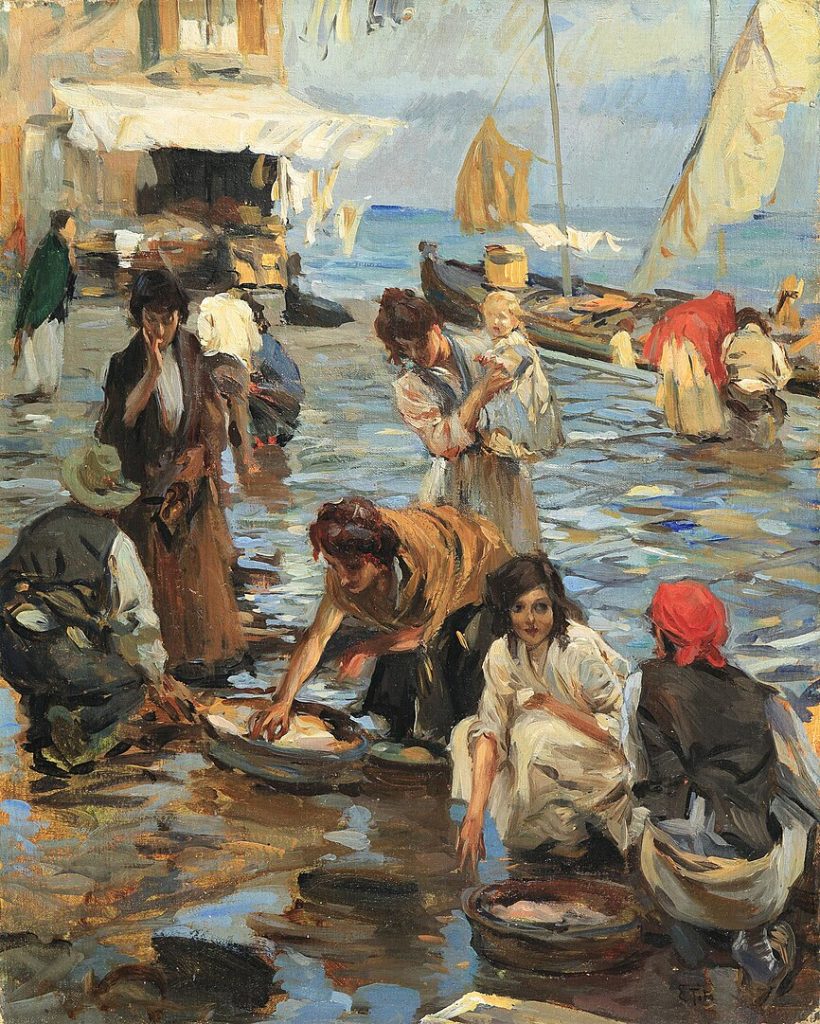
Ettore Tito (1859-1941) was an Italian painter who played a significant role in the art scene of Italy and beyond during his lifetime. Born in Castellammare di Stabia, near Naples, Tito’s early life was steeped in the rich cultural heritage of Italy, a factor that would profoundly influence his artistic trajectory. His family moved to Venice when he was a young boy, a city that would remain indelibly linked with his artistic identity.
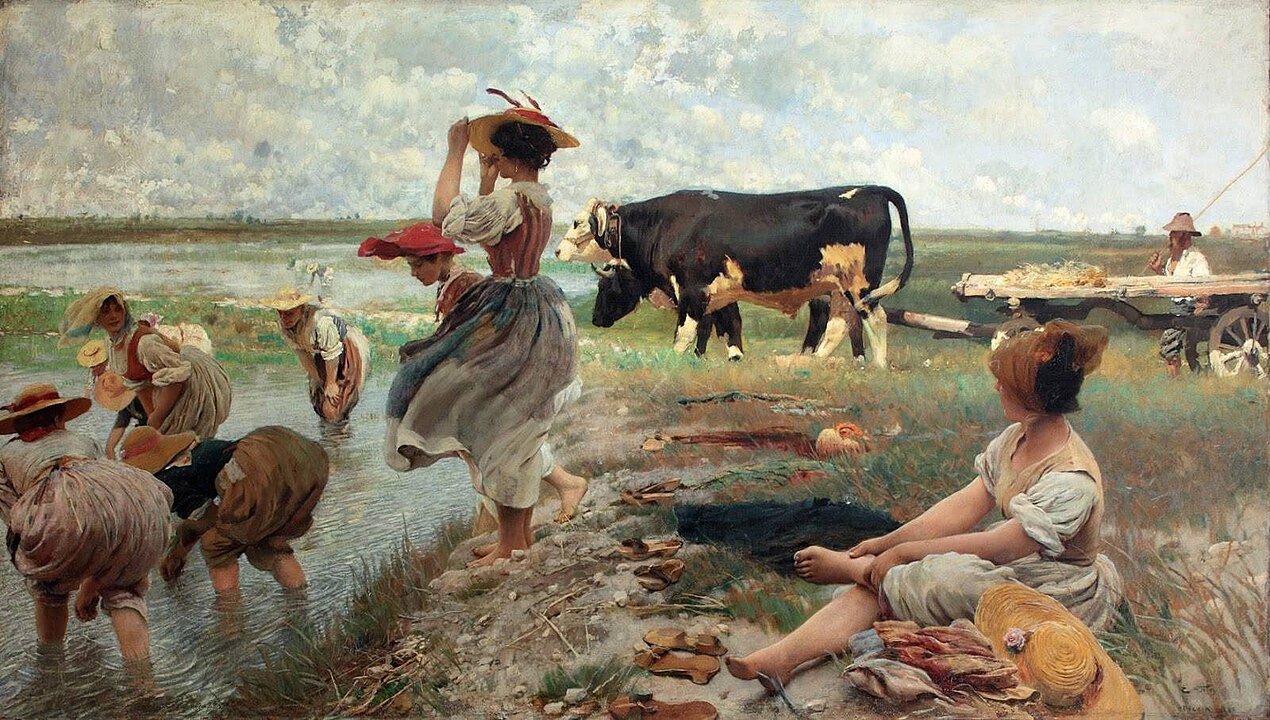
Tito’s education in art began at the Venice Academy of Fine Arts, where he studied under the guidance of renowned artists of the time. This formative period was crucial in shaping his style and artistic inclinations. The Venice Academy, known for its emphasis on classical art and techniques, provided Tito with a solid foundation in the fundamentals of painting.
Restless Spirit
However, Tito was not content with merely following tradition. His restless spirit and keen observation led him to explore beyond the academic confines, drawing inspiration from the bustling life of Venice, its people, and its landscapes.

As Tito’s style evolved, he began to emerge as a leading figure in the Italian art scene of the late 19th and early 20th centuries. His works, characterized by a vibrant palette and dynamic brushwork, captured the essence of his subjects with both realism and emotion. Tito was particularly adept at portraying scenes of everyday life, imbuing them with a sense of immediacy and vitality that resonated with viewers. His paintings often depicted the lagoon and canals of Venice, the fishermen, the regattas, and the bustling marketplaces, all rendered with a masterful blend of light and color.
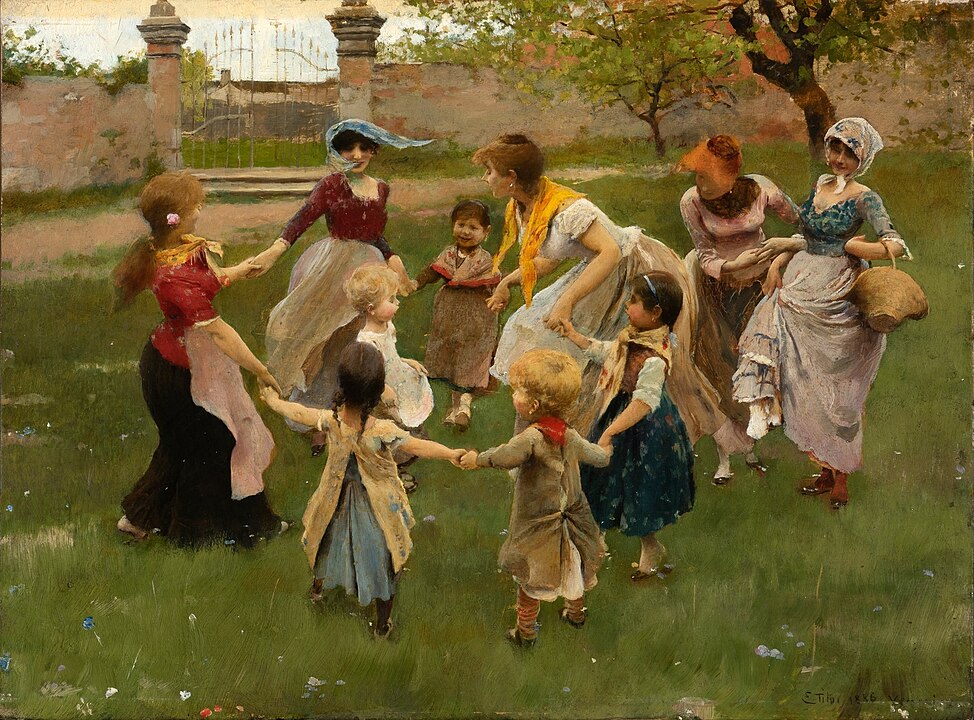
Tito’s contributions to art were not confined to his paintings alone. He was also a prominent teacher, imparting his knowledge and skills to a new generation of artists. In 1909, he was appointed as a professor at the Venice Academy of Fine Arts, a role he held with distinction until his retirement. His teaching philosophy emphasized the importance of drawing from life, a principle that he practiced and advocated throughout his career.
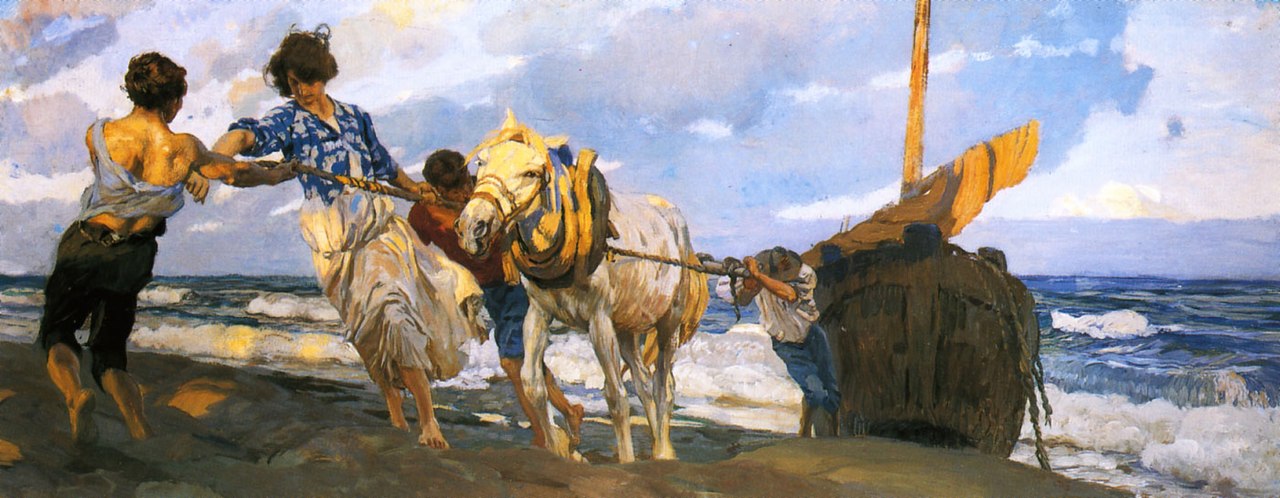
Throughout his life, Tito was honored with numerous awards and recognitions, both in Italy and internationally. His works were exhibited widely, earning acclaim for their artistic merit and innovation. Tito’s paintings were celebrated not only for their aesthetic beauty but also for their ability to capture the spirit of an era and a place, making him a key figure in the Italian verismo movement, which sought to portray the truth and reality of life through art.
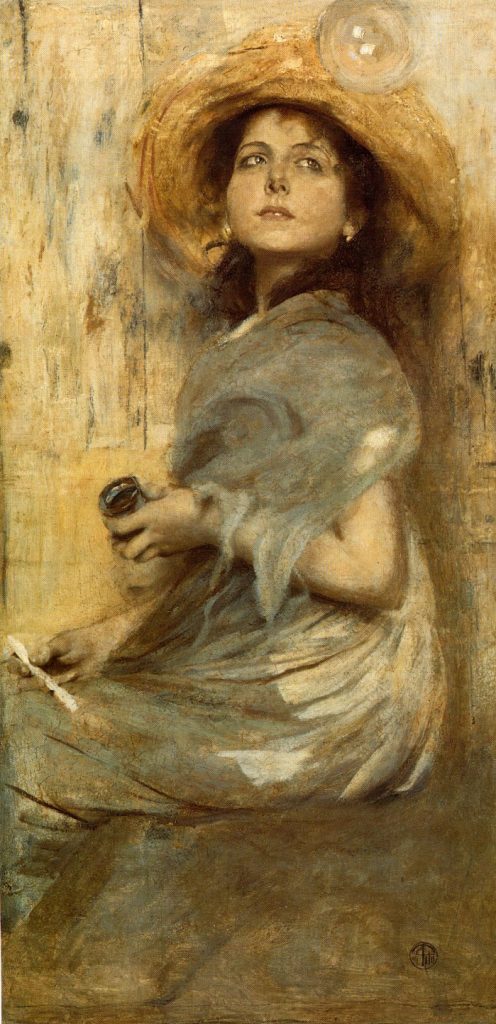
Despite his success, Tito remained deeply connected to Venice, drawing continuous inspiration from its ever-changing moods and landscapes. His love for the city was evident in his works, which serve as a visual diary of his life and times. Tito’s legacy is not only in the paintings he left behind but also in the influence he exerted on the artists who followed him. His approach to painting, marked by a combination of traditional techniques and a willingness to explore new perspectives, laid the groundwork for future developments in Italian art.
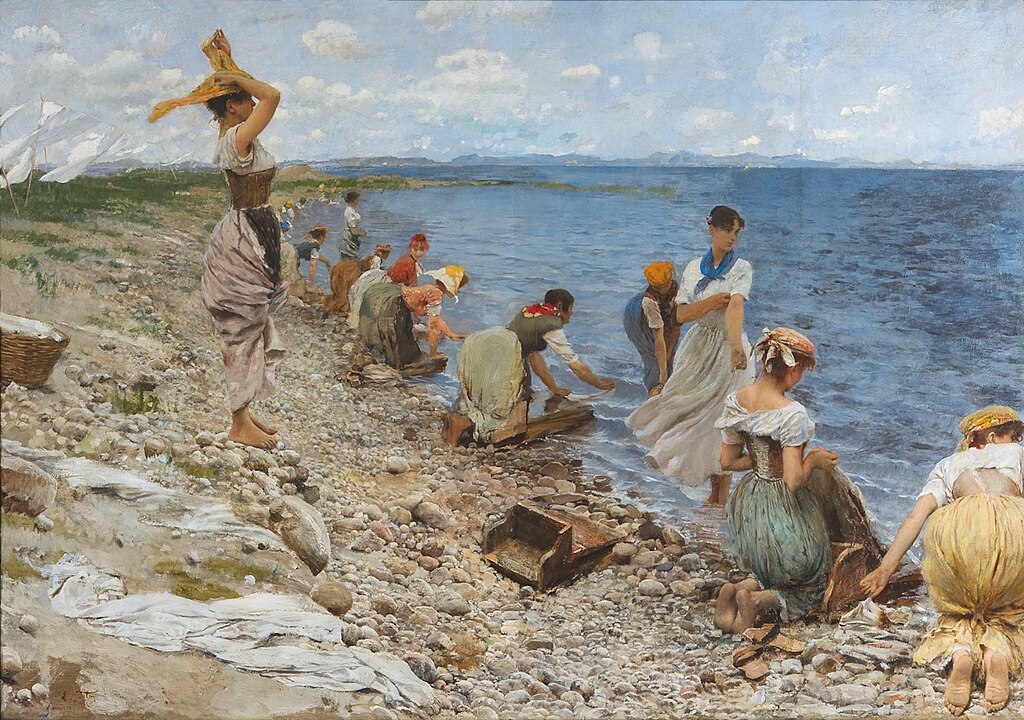
In addition to his portraits and scenes of Venetian life, Tito also explored historical and mythological themes, demonstrating his versatility as an artist. His ability to imbue these subjects with a sense of drama and emotion further attests to his mastery of the medium. Tito’s works, such as “The Siren” and “Bacchante,” showcase his skill in handling diverse subjects and styles, from the serene and contemplative to the dynamic and expressive.
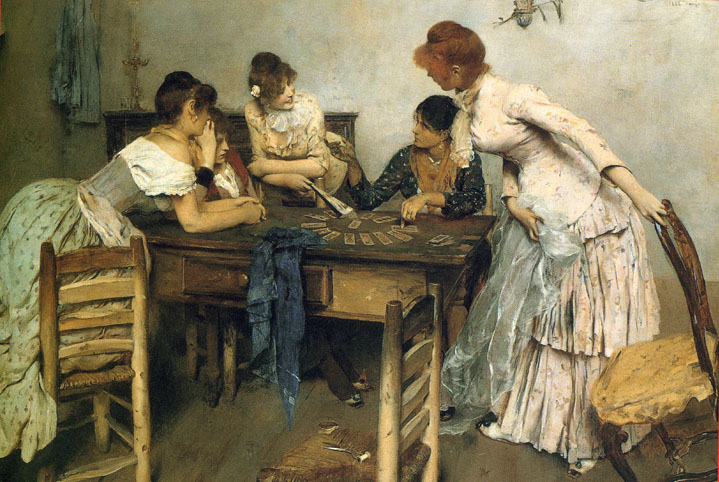
As Tito’s career progressed, he continued to push the boundaries of his art, experimenting with different techniques and materials. Despite the changing trends in the art world, he remained true to his vision, creating works that were both personal and universally appealing. His commitment to portraying the beauty and complexity of the human experience made him a beloved figure among art lovers and collectors.
Mirror of Italy
Ettore Tito’s death in 1941 marked the end of an era, but his influence on Italian art continues to be felt. His paintings are housed in major museums and collections around the world, serving as a testament to his skill and vision. Tito’s life and work reflect the vibrant cultural landscape of Italy during a period of significant change and innovation. His legacy, characterized by a deep love for his country and a relentless pursuit of artistic excellence, ensures that he remains a pivotal figure in the history of Italian art.
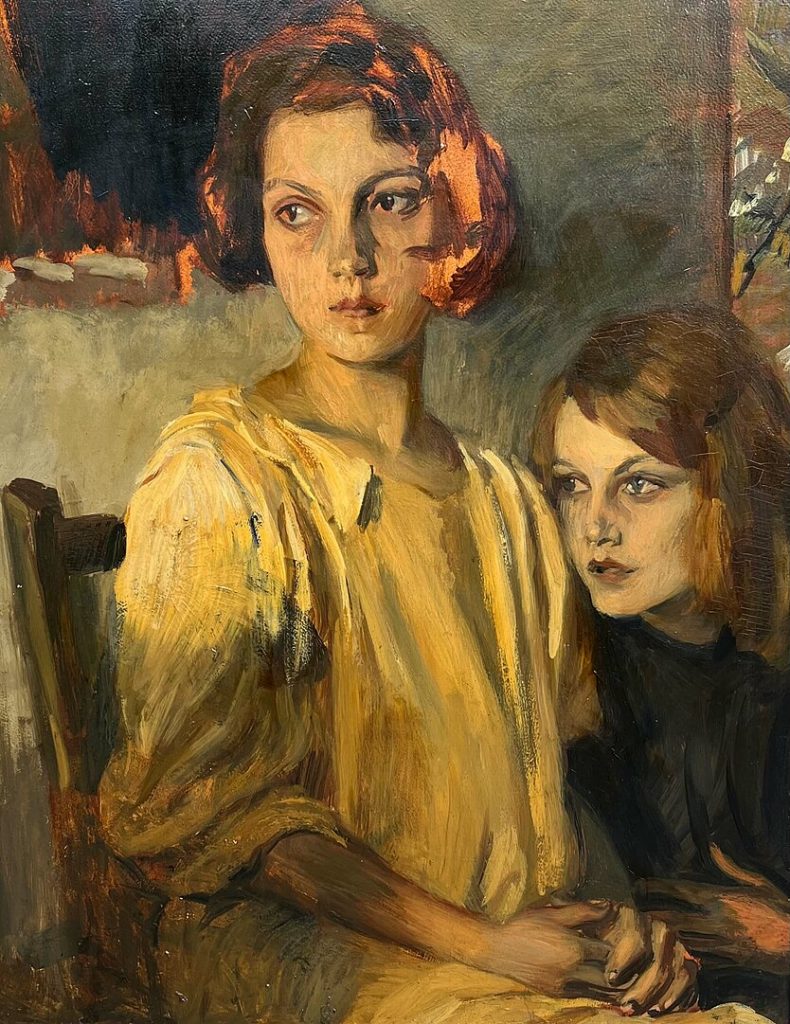
Tito’s contribution to the art world extends beyond his individual achievements. He was a mentor and inspiration to many young artists, encouraging them to explore their creativity and find their own voice. His emphasis on the importance of observation and the study of nature has left a lasting impact on the way art is taught and appreciated.
In conclusion, Ettore Tito’s life and work embody the spirit of Italian art at the turn of the century. His paintings, with their vivid depiction of life and landscapes, continue to captivate and inspire. As a teacher, he played a crucial role in shaping the future of Italian painting, leaving a legacy that endures.




